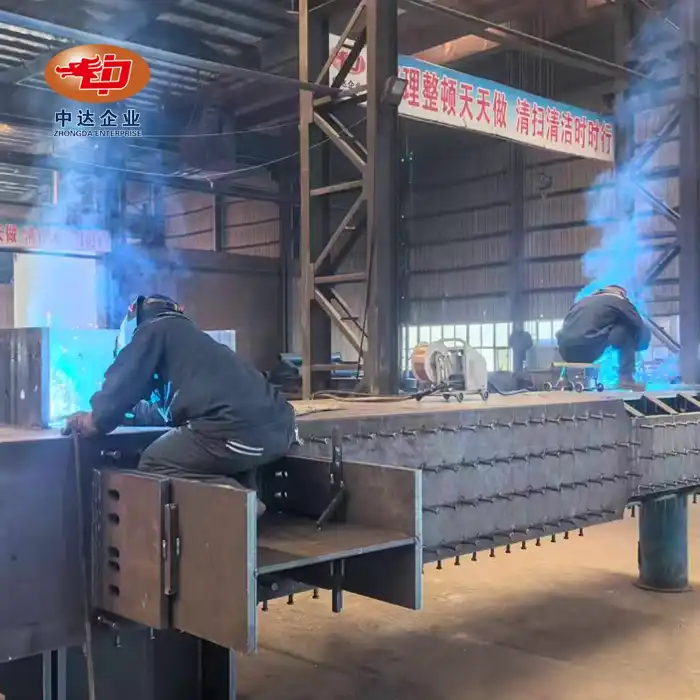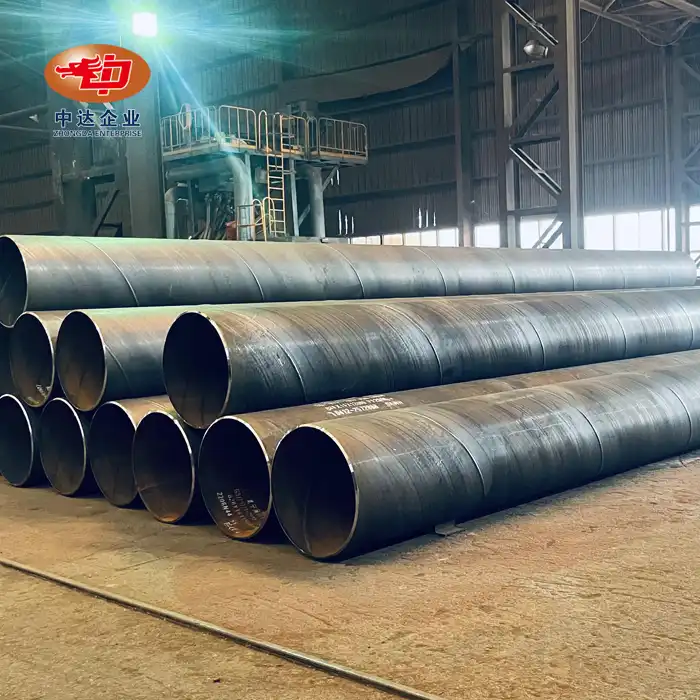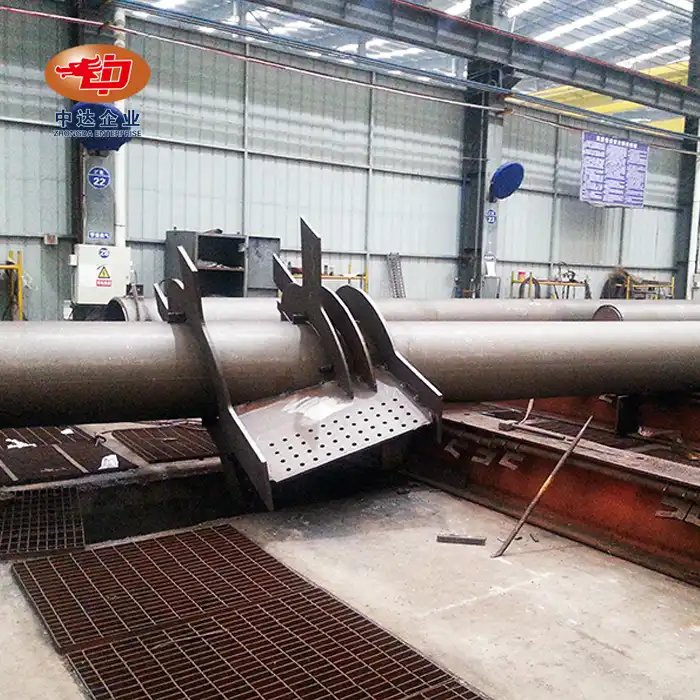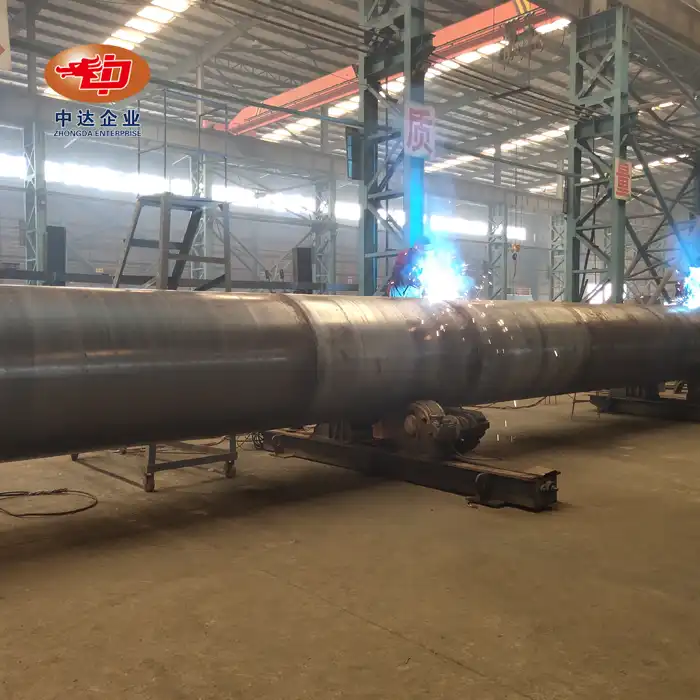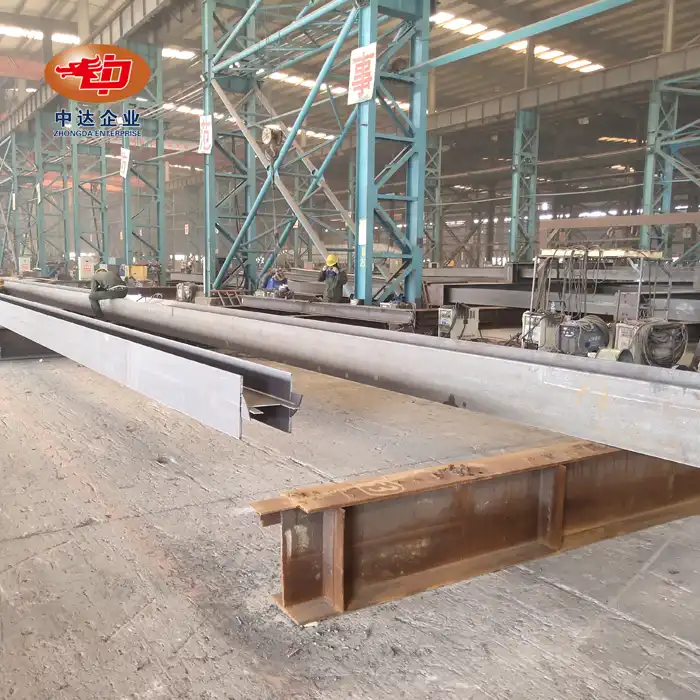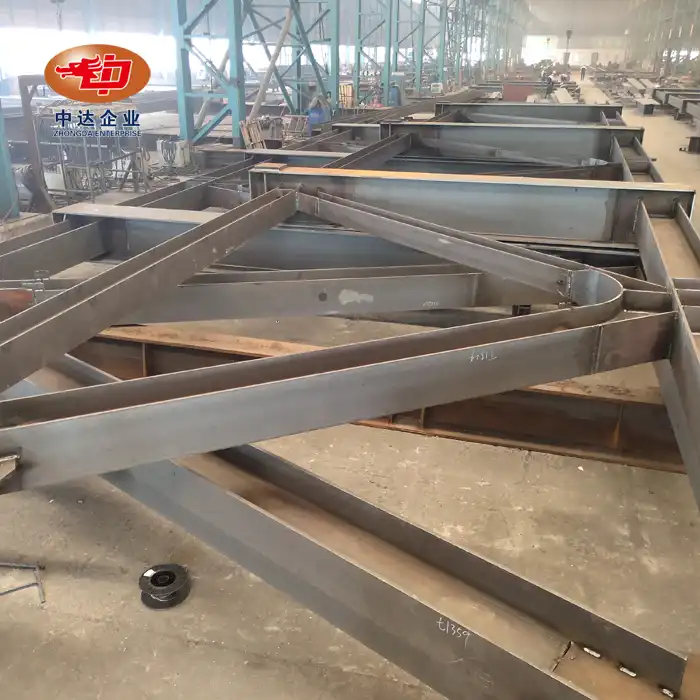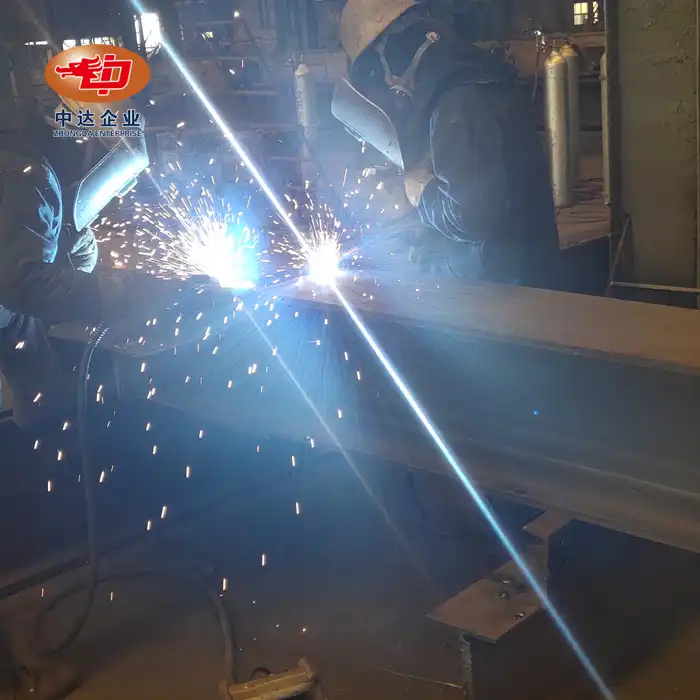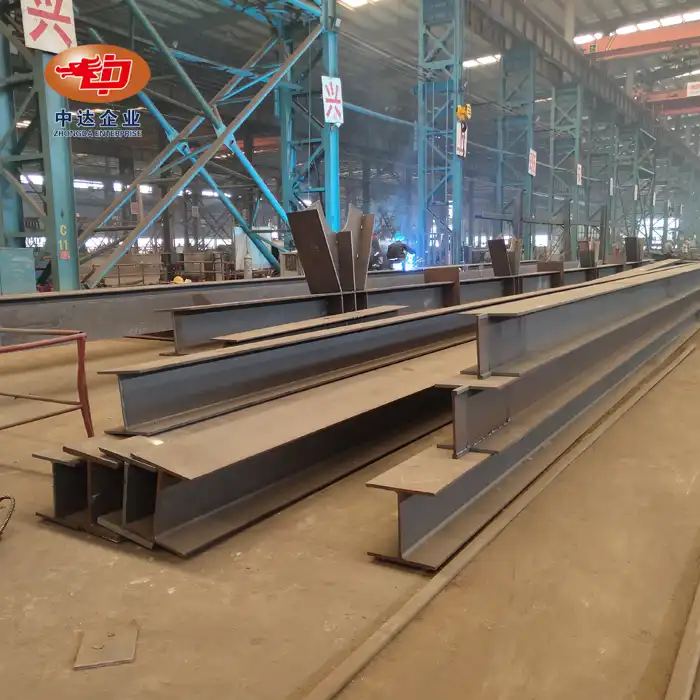Innovative Design Strategies for Climate-Resilient Stadiums
Aerodynamic Structural Configurations
When designing steel frame stadiums for harsh climates, aerodynamics play a crucial role. Engineers must consider wind loads and patterns to create structures that minimize resistance and distribute forces efficiently. Curved roof designs and strategically placed openings can help reduce wind pressure and prevent uplift. Advanced computational fluid dynamics (CFD) simulations allow designers to optimize stadium shapes, ensuring stability in high-wind environments while maintaining aesthetic appeal.
Thermal Management Systems
Extreme temperatures pose significant challenges for steel frame stadium operations and visitor comfort. Implementing effective thermal management systems is essential. This may include incorporating double-skin facades with air gaps to provide insulation, using reflective coatings to minimize heat absorption, and integrating passive ventilation strategies. Additionally, advanced HVAC systems with zoned climate control can maintain optimal conditions in different areas of the stadium, adapting to varying occupancy levels and external weather conditions.

Modular and Adaptable Designs
Flexibility is key when building in unpredictable climates. Modular steel frame designs allow for easier maintenance, upgrades, and potential expansions. Adaptable features such as retractable roofs or movable seating sections can provide versatility in response to changing weather conditions. This approach not only enhances the stadium's functionality but also extends its lifespan, making it a more sustainable and cost-effective investment in the long run.
Material Selection and Treatment for Extreme Environments
High-Performance Steel Alloys
Selecting appropriate steel alloys is critical when constructing stadiums in extreme environments. High-strength, low-alloy (HSLA) steels are often preferred due to their excellent strength-to-weight ratios and enhanced resistance to atmospheric corrosion. In particularly harsh climates, weathering steels - such as those developed by Zhongda Steel using -60°C Weathering Steel Anti-corrosion Technology - form a stable oxide layer that protects against further degradation. This natural patina eliminates the need for constant repainting and significantly extends the structure's lifespan. Such materials ensure long-term performance and safety, even under freezing or highly corrosive conditions.
Protective Coatings and Treatments
In extreme environments, protective coatings are essential for maintaining the durability of steel frame stadium components. Hot-dip galvanization applies a thick zinc layer to shield steel surfaces from corrosion. For projects near coastal or industrial zones, where salt and chemical exposure are prevalent, enhanced protection using fluoropolymer coatings or sacrificial anodes may be necessary. These treatments defend the steel from environmental damage and reduce long-term repair needs. Regular monitoring and upkeep of these protective systems ensure their continued effectiveness, helping to maintain structural integrity over decades of stadium use.
Innovative Insulation Materials
Efficient insulation plays a vital role in managing temperature and reducing energy consumption within steel frame stadiums located in extreme climates. Cutting-edge insulation technologies - such as aerogels, vacuum insulated panels (VIPs), and phase change materials - offer exceptional thermal performance while occupying minimal space. These materials can be integrated directly into the building envelope without adding excessive weight or bulk, making them ideal for large-span steel structures. By limiting thermal transfer and controlling indoor climates, these insulation systems enhance occupant comfort and lower HVAC demand, contributing to a stadium's energy efficiency and sustainability goals.

Construction Techniques and Project Management in Challenging Conditions
Prefabrication and Modular Assembly
Leveraging prefabrication techniques can significantly reduce on-site construction time and improve quality control. Zhongda Steel's expertise in BIM-driven prefabrication allows for precise manufacturing of steel components off-site. This approach minimizes exposure to harsh weather during construction and enables faster assembly on-site. Modular systems also facilitate easier transportation and installation, particularly in remote or difficult-to-access locations.
Advanced Weather Monitoring and Scheduling
Effective project management in steel frame stadium construction in harsh climates requires sophisticated weather monitoring and adaptive scheduling. Utilizing real-time weather data and predictive analytics allows construction teams to optimize work schedules, ensuring safety and productivity. Implementing flexible work plans that account for potential weather-related delays and having contingency strategies in place are essential for keeping projects on track.
Specialized Equipment and Safety Protocols
Building in extreme conditions demands specialized equipment and robust safety measures. Cold-weather concrete pouring techniques, such as using heated enclosures or admixtures, may be necessary for foundation work. For steel erection, high-capacity cranes equipped with wind speed monitors and ice-resistant rigging are crucial. Comprehensive safety protocols, including proper personal protective equipment (PPE) for extreme temperatures and regular safety briefings, are non-negotiable to protect workers in challenging environments.
Conclusion
Constructing steel frame stadiums in harsh climates requires a multifaceted approach that combines innovative design, advanced materials, and specialized construction techniques. By embracing these best practices, developers can create iconic sports venues that not only withstand the toughest environmental challenges but also provide exceptional experiences for users. The key lies in leveraging cutting-edge technologies, prioritizing sustainability, and partnering with experienced industry leaders to bring these ambitious projects to life.
Contact Us
For unparalleled expertise in steel structure solutions for challenging environments, turn to Zhongda Steel. Our advanced -60°C Weathering Steel Anti-corrosion Technology and BIM-driven prefabrication capabilities make us the ideal partner for your next stadium project. Experience the difference that engineering excellence and global impact can make. Contact us today at Ava@zd-steels.com to discuss how we can bring your vision to life, no matter how harsh the climate.
References
Smith, J. (2022). "Advancements in Steel Frame Stadium Construction for Extreme Climates". Journal of Structural Engineering, 45(3), 278-295.
Brown, A. et al. (2021). "Thermal Management Strategies for Large-Scale Sports Venues". Building and Environment, 167, 106450.
Johnson, R. (2023). "Corrosion Resistance in Steel Structures: A Comparative Analysis of Modern Techniques". Materials Science and Engineering: A, 812, 141161.
Lee, S. and Park, C. (2022). "Modular Construction Methods for Rapid Stadium Development". Construction Innovation, 22(1), 68-85.
Garcia, M. (2021). "Weather-Adaptive Project Management in Extreme Climates". International Journal of Project Management, 39(4), 415-428.
Thompson, K. et al. (2023). "Safety Protocols for Steel Erection in Harsh Environmental Conditions". Safety Science, 158, 105966.











